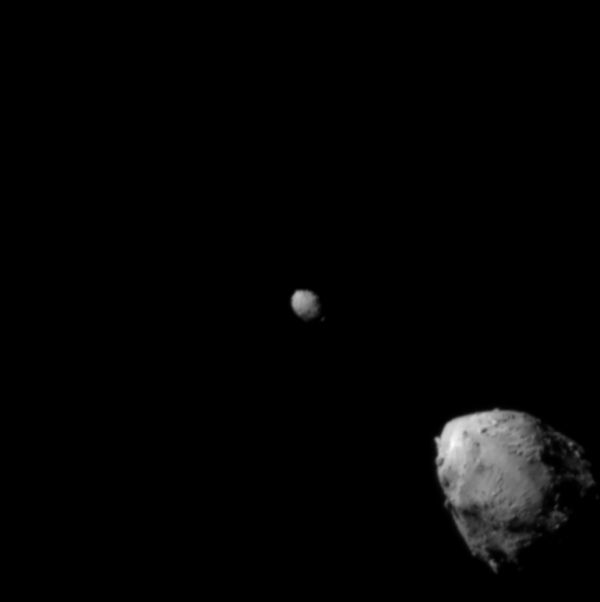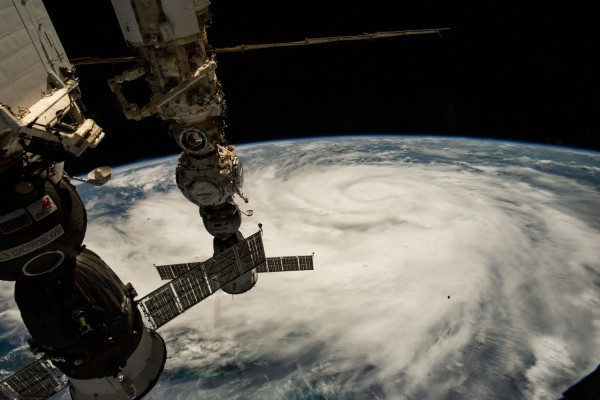This week in space has been a thrilling ride!
NASA's Double Asteroid Redirection Test (DART) has successfully smashed into an asteroid to test its planetary defense system. NASA's Juno spacecraft has also captured the first images of Jupiter's icy moon Europa. And astronauts from the International Space Station (ISS) kept an eye on the eye of Hurricane Ian as it swirled toward Florida.
Indeed, NASA has been on an exciting ride, and we are delighted with detailed and stunning space photos. Let's take a look at some of the best snapshots that NASA has released this week.
The Before and After of DART's Asteroid Impact
NASA released a video depicting the approaching point of view from DART's Draco camera towards Dimorphos, and the space agency reported that it was an impact success.
As the spacecraft approached Dimorphos, it became clear that it was a direct collision, and the mission's success in its test was already established.
Here are the last images captured before the impact:



Hubble and Webb's Detailed Views of the Asteroid Impact
NASA's iconic and powerful telescopes were eye-witnesses to the epic asteroid impact of the DART mission, proving to be a successful initial planetary defense test for the space agency.
This marks the first time that Hubble and James Webb simultaneously observed the same celestial target.

The Icy Europa
The most recent flyby mission of Juno to Europa, according to NASA, produced several photographs that are now accessible to the general public. It was also the spacecraft's closest approach to the moon.
The ice-covered moon of Jupiter, known as Europa, is unusual because most natural satellites only appear as space rocks orbiting planets.

An Eye for a Hurricane's Eye
The astronauts on the ISS have been keeping an eye on Hurricane Ian. They recently captured breathtaking photographs of the hurricane on Monday, Sept. 26, as it headed south of Cuba into Florida.
NASA released these images on Wednesday, Sept. 28.

This article is owned by Tech Times
Written by Joaquin Victor Tacla
ⓒ 2025 TECHTIMES.com All rights reserved. Do not reproduce without permission.




